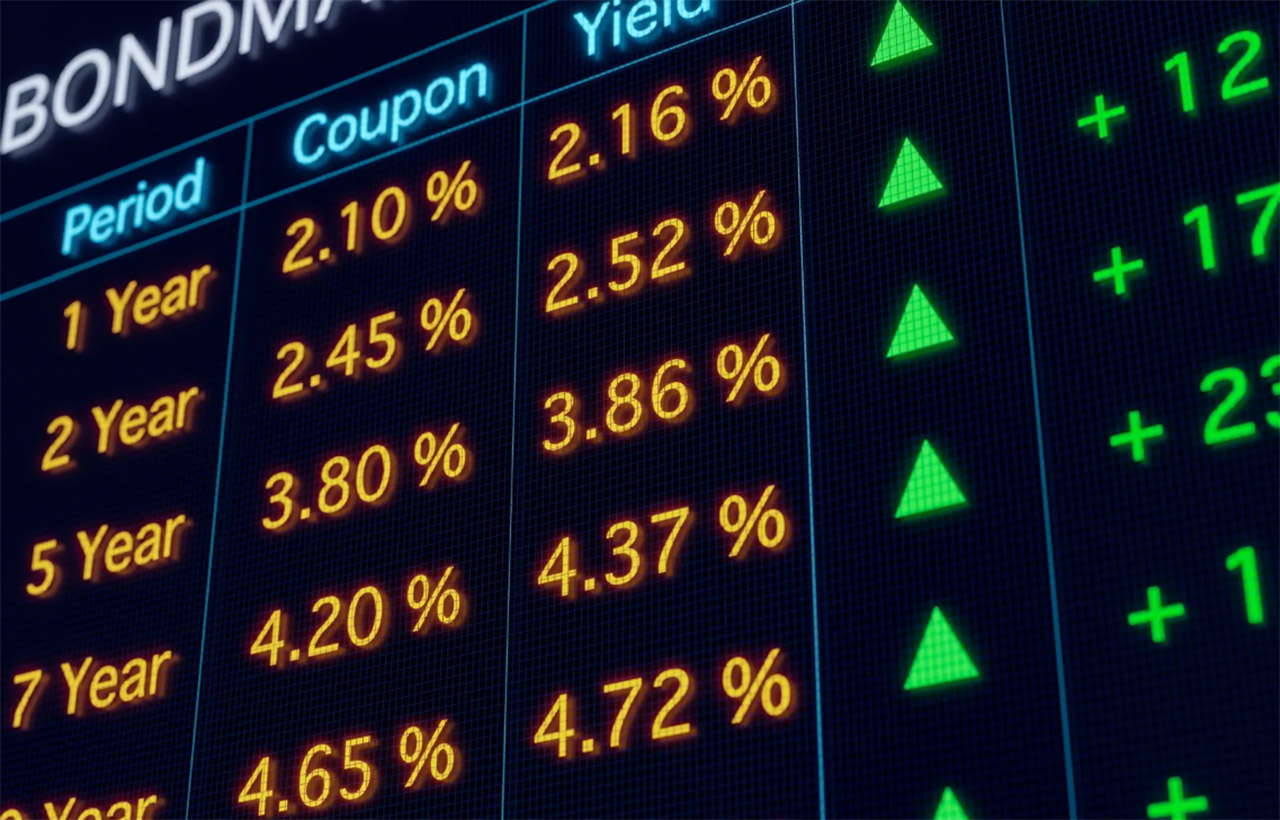Active and passive investing both have their pros and cons. Sometimes you would like a fund manager to actively manage your clients’ money, while sometimes, you might just want their investments to track the market automatically. Either way, it is essential that you are aware of the difference between the two investment types and what they can do for you.
The post-war period saw an increase in the global population and appreciating asset prices. The largest and wealthiest generational group in the UK is the baby boomer generation. Intergenerational wealth transfer is at its peak and predicted to accelerate further. This is where wealth management becomes crucial.
Since the baby boomers have started to reach their retirement stage and are passing on the wealth to their children now, asset managers are all set to cater for the next generation of investors. However, the upcoming generation needs to understand where to invest their money and the difference that they need to know of between active investing and passive investing.
Historically, passive incomes have earned higher money than active incomes and attained more investment flow. But, active investing, too, is becoming more and more popular of late.
However, we do not mean to start a debate over this topic since we believe both types are equally important, and it solely depends on you, which investing options suits you the best.
What is Active Investing?


Active investing involves a hands-on approach by a portfolio manager when it comes to managing funds. The goal of this type of investing is to go beyond the stock market’s average returns and take advantage of the price fluctuations that occur in the short run.
Active investing has not always been this popular because it requires a deep analysis and expertise to know when to enter or exit from a stock, bond or similar asset. This is why it is mainly managed by portfolio managers, who often oversee a team of solid analysts considering qualitative and quantitative factors to determine price changes.
If one wants to be a successful active investor, they need to ensure that they are right more than they are wrong in every market move.
What is Passive Investing?


Passive investors invest for the long term. They limit the buying and selling amounts in the portfolio, which makes investing cost-effective. If you want to be a successful passive trader, you should have a mentality to buy and hold the asset. A passive investor must resist the temptations to react to the stock market’s move or assume beforehand.
Buying an index fund is a passive investment example. It follows major indices like DJIA, S&P 500 and more. Whenever the indices’ constituents are changed, the index fund also changes its holdings by selling the stock and buying the one which is becoming a part of it.
In passive investing, you generally own tiny pieces of several stocks and earn returns through the upward trajectory of company profits over a long period of time. Passive investors mostly ignore short term setbacks as their eye is only on the long-term prize, avoiding even the sharpest of downturns at times.
The Difference: Advantages and Disadvantages
Active Investing advantages
- Active investors do not have to follow a particular index. They are flexible in their approach and can buy any stock that seems profitable to them at that moment.
- Active investors are also able to make use of techniques like short sales and put options to hedge a bet. This helps the exit stocks when risk amplifies.
- Passive investors can also tailor their tax management strategies with the help of an advisor. This can happen by selling the investments that are bearing a loss to offset any taxes applied on the big wins.
Passive Investment advantages
- Passive fund managers have to bear a meagre fee since no one else is picking the stock. Overseeing is inexpensive, and the benchmark is the index they invest in.
- Assets belonging to an index fund are always transparent.
- Because passive investors follow a buy and hold strategy, it does not ever result in a huge capital gain tax.
Active Investing disadvantages
- Active investing is very expensive since the average expense ratio is anywhere around 1.4%, compared to just 0.6% for passive investing. Active buying and selling trigger transaction fees which is why the costs are higher, along with the salaries of the analysts and researchers.
- Active investors can invest in any stock that they believe will give them high returns. However, tables quickly turn with just one wrong decision and can result in heavy losses.
Passive Investing disadvantages
- Passive investors are always stuck with the stocks they invest in, irrespective of the stock’s performance.
- They are also limited since they belong to a specific index or predetermined investments. The variation is minimum.
- Passive funds rarely ever earn more than the market average, even during high returns. This is why passive funds always give small returns.
Final verdict
After learning about the advantages and disadvantage of both active and passive investing, it is clear that both investing types come with their own sets of rewards and risks. It depends on the investor’s choices and requirements if they want an active investing strategy or a passive investing strategy. Investor’s long-term goals and vision also matter while deciding between the two investment opportunities!





